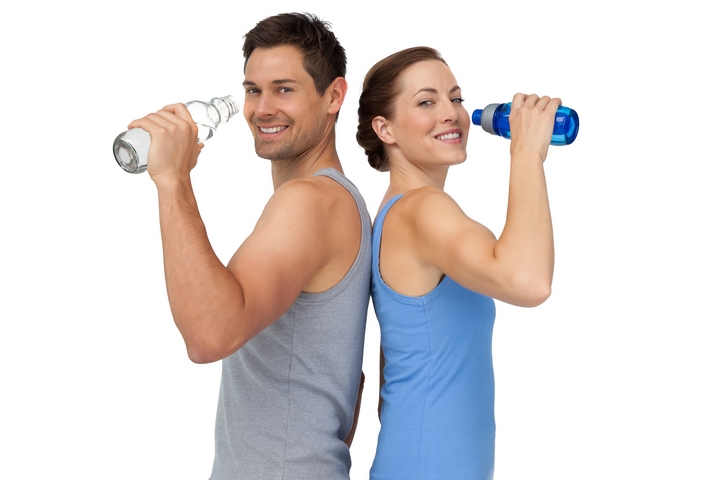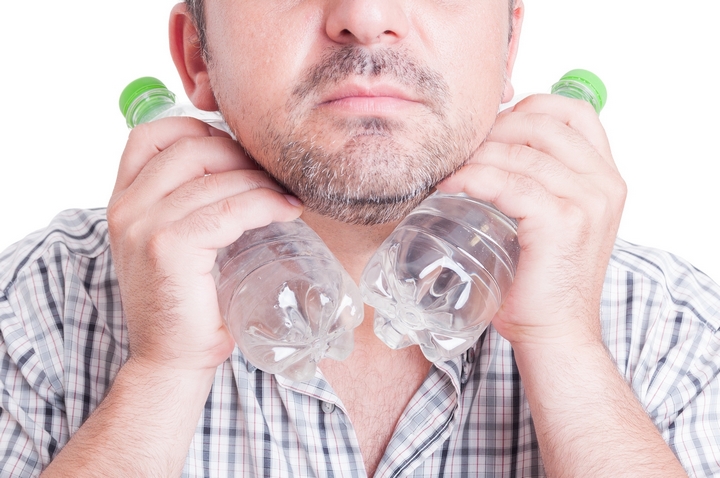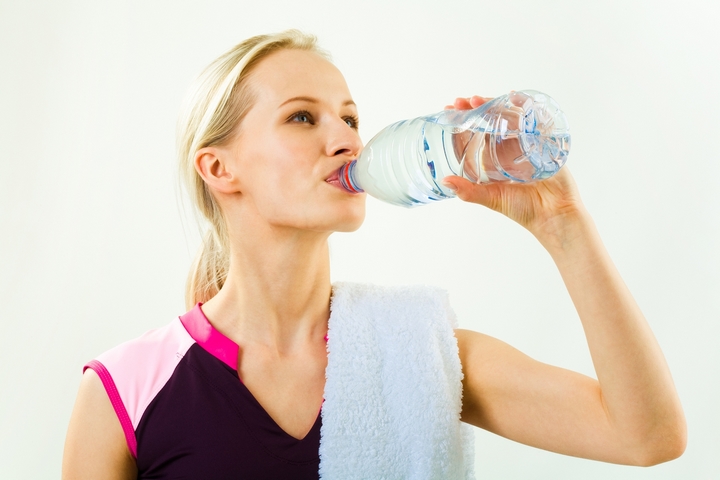
Personal air coolers are specially designed devices that can be worn inside or over clothing to lower body temperatures and allow workers to continue to function in hot climates or work environments. They come in hand for many different occupations and can also be utilized by everyone from athletes who have to compete in extreme temperatures to people who suffer from a range of medical problems, illnesses and diseases. including multiple sclerosis.
Personal air coolers are specially made pieces of clothing and equipment that are designed to lower the body temperature and allow people like workers or athletes to function in hot climates or environments. They are used by a variety of people from road construction staff to people suffering from particular medical conditions like multiple sclerosis.
There are three main types of personal air coolers. They are personal cooling vests, cooling towels, and neck coolers.
1. Personal air coolers for athletes

Athletes, like marathon runners, will sometimes use lightweight personal air coolers that are first frozen and then worn against the skin. They are designed to allow the athlete to still be able to run while wearing the cooling device. This has proven to be very effective for many athletes while they were participating in events where the temperatures were extreme.
For example, personal air coolers were used by both American and Australian athletes at the 2004 Summer Olympics, and some athletic equipment suppliers provided these coolers to athletes at the Olympic Games for the last twenty years.
2. Personal air coolers for workers

Personal air coolers help workers in hot environments to have a full range of motion to do their work. They minimize heat stress and increase worker productivity are especially useful for construction workers during the hot summer months when they are laying foundations or doing road paving work.
These devices are also welcome for people working in hot locations like welding operations, power plants, glass plants, sand blasting, and asbestos and hazardous waste removal.
3. Personal cooling vests

There are a number of options when it comes to choosing a personal cooling vest. There is the evaporative personal cooling vest that works by being submersed briefly in water and then wrung out lightly or blot dried. Another kind uses ice to keep the body cool. Both these first two types of air cooler are worn outside the clothing.
In addition, there are phase change personal cooling vests that use energy packs that are refrigerated and then put in the pockets of the vest. There are some other vests that are lighter and that can be placed against the skin. These are good for athletes like long distance runners. Then there are cooling vests that pump water through hoses and others that are thermoelectric. The latter is powered by a portable battery and cools down the inner surface of the vest.
4. Neck coolers

Neck coolers and cooling bandanas are another type of personal air coolers. One downside is that they don’t have the staying power of the other, more complex personal air cooling devices. But they are effective to cool millions of people at work and at home. Some neck coolers use cooling solutions that are activated in water or by placing them in the freezer. Once they are taken out and applied to the neck area, they provide an instant cooling effect. This is a great tool for many construction workers who use neck coolers to stay cool on the hottest jobs and the warmest days of the summer.
5. Cooling towels

Cooling towels are built on a principle that people have known about for a long time. They work by wetting the towel with cool water and applying it to the neck and face areas. It is a guaranteed cool you down product. They work by allowing the extra heat on a hot summer day to evaporate with the water in the towel.
There are many different models and sizes of cooling towels and each may range in the quality of cooling that is provided. Some of the best cooling towels are made from lightweight material that absorbs the water effectively. They can also be stored in a sealed canister to keep them cool and protected when not in use.
